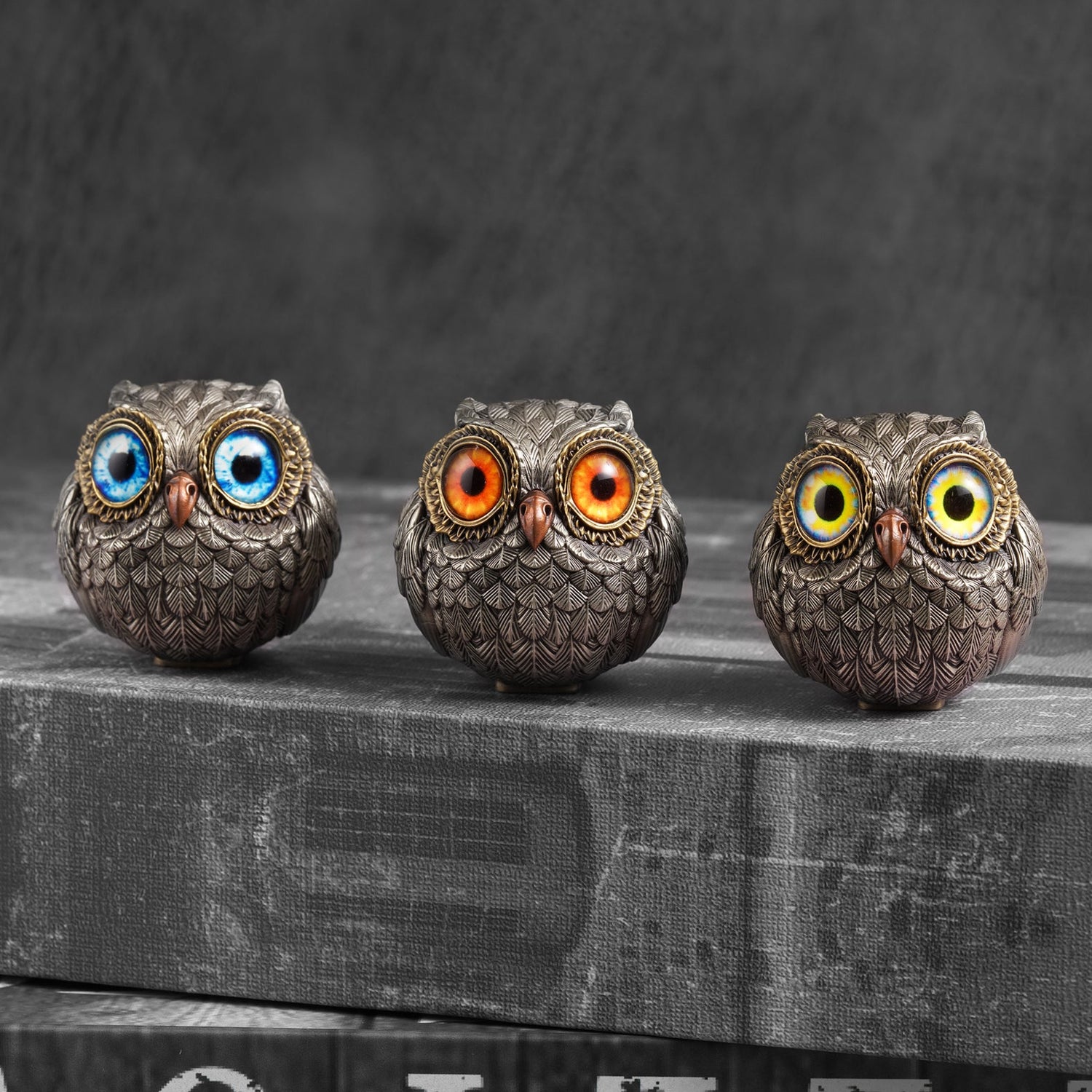Patina figurines have long enchanted collectors and art lovers with their uniquely aged appearance and rich historical allure. Each figurine serves as a window to the past, adding an irreplaceable charm to modern decor. In this guide, we’ll journey through the fascinating world of patina figurines, exploring their origins, how they’re made, how to care for them, and even their investment potential. Whether you’re a seasoned collector or simply curious about these intriguing pieces, this guide has all the insights you’ll need.
What Are Patina Figurines?
Patina figurines are metallic sculptures that, over time, develop a distinct surface coloration through aging, environmental exposure, or specific treatments. “Patina” refers to a natural film that forms on certain metals, creating beautiful layers of color and texture that heighten the figurine’s aesthetic appeal. Antique patina figurines, in particular, are highly valued for their authenticity and unique character.
These figurines cover a wide range of subjects, from human figures and animals to mythical beings and abstract designs. Collectors treasure them not only for their artistry but also for the marks left by time and nature, which give each piece its own story and individuality.
Patina figurines come in various sizes, from small desktop pieces to large outdoor sculptures, and are often made from materials like bronze, copper, and brass. For collectors of both antique and modern patina figurines, there is an extensive selection to suit different tastes and decor styles.
How Are Patina Figurines Made?
Creating a patina figurine typically involves two key steps: the initial sculpting and casting, followed by the development or application of the patina.
- Sculpting and Casting: The artist begins by shaping the figurine in a malleable material such as clay or wax. A mold is then made from this model, into which molten metal (often bronze, copper, or brass) is poured and allowed to cool. After cooling, the figurine is removed from the mold and any imperfections are smoothed out.
- Patina Formation: The patina forms over time through natural oxidation or is applied through controlled chemical processes to achieve a desired look. Both antique and modern patina figurines gain their distinctive appeal through this step, producing unique patina colors that attract collectors.
How to Tell if a Patina is Genuine?
Distinguishing a genuine patina from a fake is essential for collectors looking to invest in patina figurines. Here are some key aspects to examine:
- Age and Provenance: Look into the figurine’s history and origin. Older pieces, particularly antique patina figurines, are more likely to have a natural patina.
- Color Complexity and Depth: Genuine patinas exhibit complex, layered colors that correspond to the figurine’s age and material.
- Surface Texture: Authentic patinas often have a slightly rough or uneven surface, unlike smooth, painted finishes.
- Wear Patterns: Natural wear may be visible in areas that would have been frequently handled, exposing the underlying metal.
- Chemical Tests: Professional appraisers sometimes use mild solvents or chemicals to test patinas, as genuine ones are not easily removed.
When in doubt, consulting a knowledgeable art dealer or appraiser can be invaluable. Investing in patina figurines requires a keen eye, and expert guidance can help verify authenticity.

Why Is It Called “Patina”?
The word “patina” has a fascinating etymology that reflects its deep-rooted significance in art and architecture. It originates from the Latin word patina, which referred to a shallow dish or pan. Over time, this term evolved to describe the surface layer that formed on these objects with use and exposure.
In Italian, patina came to mean a thin coating or film. This meaning was adopted by art historians and collectors to describe surface changes on bronze and other metals over time. During the Renaissance, the aesthetic value of patina was increasingly appreciated, as collectors saw it as adding beauty and authenticity to bronze sculptures.
By the 18th century, “patina” was widely used in the art world to describe surface effects on metals and other materials like wood and stone. Today, patina figurines remain popular for their distinctive beauty and rich history.
What is the Difference Between Tarnish and Patina?
Though tarnish and patina both alter the surface of metals, they differ in cause, appearance, and value. Understanding these differences is crucial for anyone interested in collectible patina figurines.
- Time Frame: Tarnish forms relatively quickly, while patina develops gradually over time.
- Aesthetic Value: Patina is seen as beautiful and valuable, while tarnish is typically viewed as undesirable.
- Complexity: Patina produces varied colors and textures, whereas tarnish is often more uniform.
- Stability: Patina is generally more stable and lasting, while tarnish may need to be cleaned or removed.
- Cultural Perception: Patina is associated with history and authenticity, while tarnish can signal neglect.
In the world of decorative objects, these differences are essential. A well-developed patina can significantly enhance a figurine’s value and charm, adding depth, character, and historical richness. Tarnish, on the other hand, is often seen as a flaw to be restored.
Unique Patina Figurines for Home Decor
Patina figurines bring a sense of history and artistry to any home decor. Their unique colors and textures make them an ideal choice for adding timeless appeal to interior design. Whether you’re looking for a small figurine for your desk or a larger statement piece, patina figurines offer unmatched character.
For those looking to invest, understanding the creation process, care requirements, and distinctions between tarnish and patina is key. Collectible patina figurines, with their aged appearance and artistic allure, make beautiful additions to any collection.












